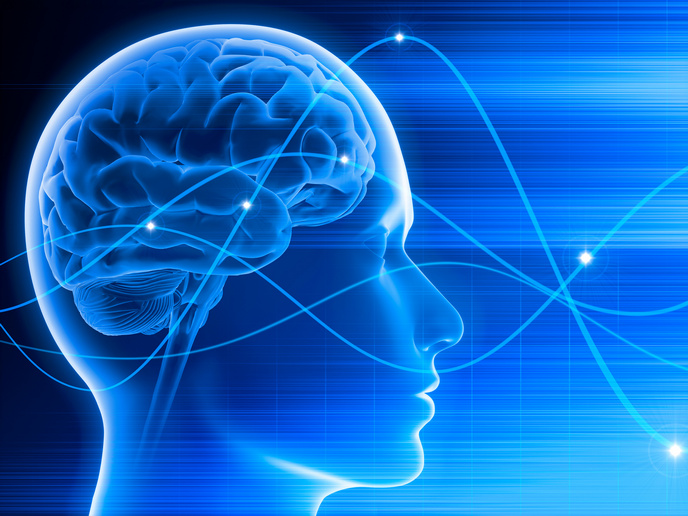Seeing perception via a closed-loop paradigm
The study of how humans perceive the world falls into one of two camps. In the open-loop perception (OLP) camp, perception is thought to result from the internal representations triggered by external stimuli. The other camp views perception through a closed-loop perception (CLP) paradigm, where perception arises through ongoing interaction and convergence between the brain/body and the environment. So, which one is it? That’s the million-dollar question, and one that the EU-funded HOWPER project set out to answer. “By clarifying whether perception operates in an open- or closed-loop manner, we aim to provide crucial guidance for designing experiments and interpreting empirical data across neuroscience, psychology and cognitive science,” says Ehud Ahissar(opens in new window), a professor of Brain Sciences at the Weizmann Institute of Science(opens in new window), the project’s coordinating partner. The project received support from the European Research Council(opens in new window).
Support for the closed-loop paradigm
Integrating theory, experimentation and synthesis and by bringing together researchers from neuroscience, cognitive science, robotics and computational modelling, the project set out to deliver a unified understanding of perception – one that aligns with both observed data and modelled behaviour. What they found is that mammalian perception operates as a closed-loop process that is consistent with CLP. This finding, which was empirically validated in human vision and touch, as well as in rodent touch, marks a major shift away from traditional open-loop models of perception. “By providing strong empirical and theoretical support for the closed-loop paradigm, the project has reshaped foundational understanding in neuroscience and cognitive science,” explains Ahissar.
A universal organising principle of perception
Another key outcome of the project was the introduction of the brain-brain and brain-world duality. “This novel theoretical framework extends the CLP approach into a broader theory of cognitive structure, distinguishing between and integrating social and sensual perceptual loops,” notes Ahissar. Researchers also found evidence that closed-loop mechanisms are not limited to cortical processing but are also implemented in midbrain sensorimotor circuits as well as in the most fundamental sensorimotor circuits of the brainstem. These findings suggest that CLP may be a universal organising principle of mammalian perception.
From perception to artificial systems
While these findings represent a groundbreaking advancement in how we understand perception, the project didn’t stop there. They also looked at how their findings could feed into the design of artificial systems capable of mimicking or simulating human-like perceptual processes. One of those artificial systems improved perceptual accuracy through active interactions, providing a proof of concept for applying CLP principles in artificial intelligence and robotics. According to Ahissar, this line of work has the potential to improve assistive technologies for individuals with sensory impairments. “By understanding how perception can be actively constructed or supplemented, we can develop more effective means to convey missing sensory information, enhancing accessibility and quality of life,” he adds.
A unifying cognitive theory
From experimentally establishing the closed-loop nature of mammalian perception to developing artificial perceivers and formulating a unifying cognitive theory, the project delivered both theoretical and practical breakthroughs. “By decisively resolving the longstanding debate between open- and closed-loop models of perception and by laying the groundwork for transformative applications, HOWPER has advanced scientific knowledge and opened new avenues for assistive technologies and machine intelligence,” concludes Ahissar. Researchers are now working to translate the project’s many insights into concrete applications across several domains.







